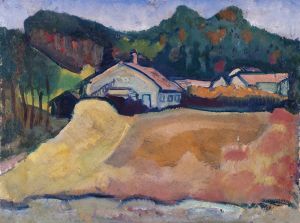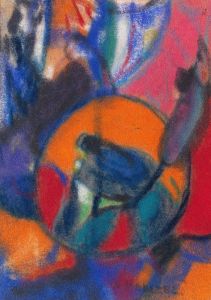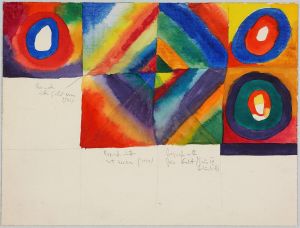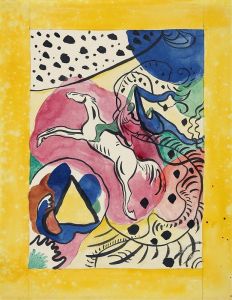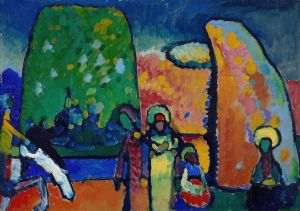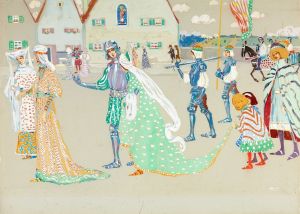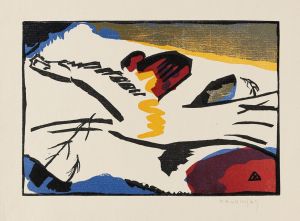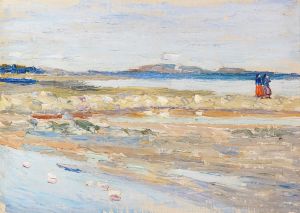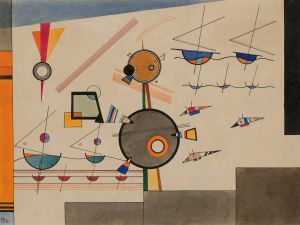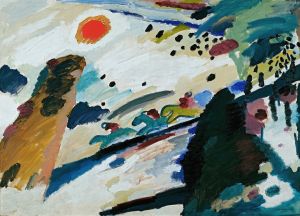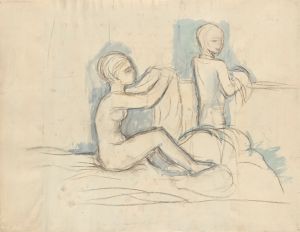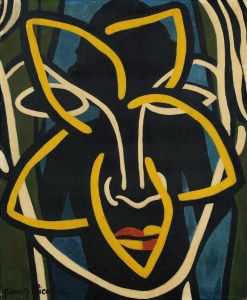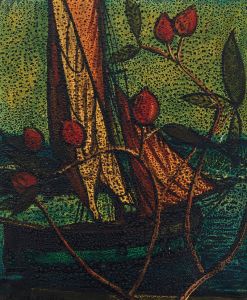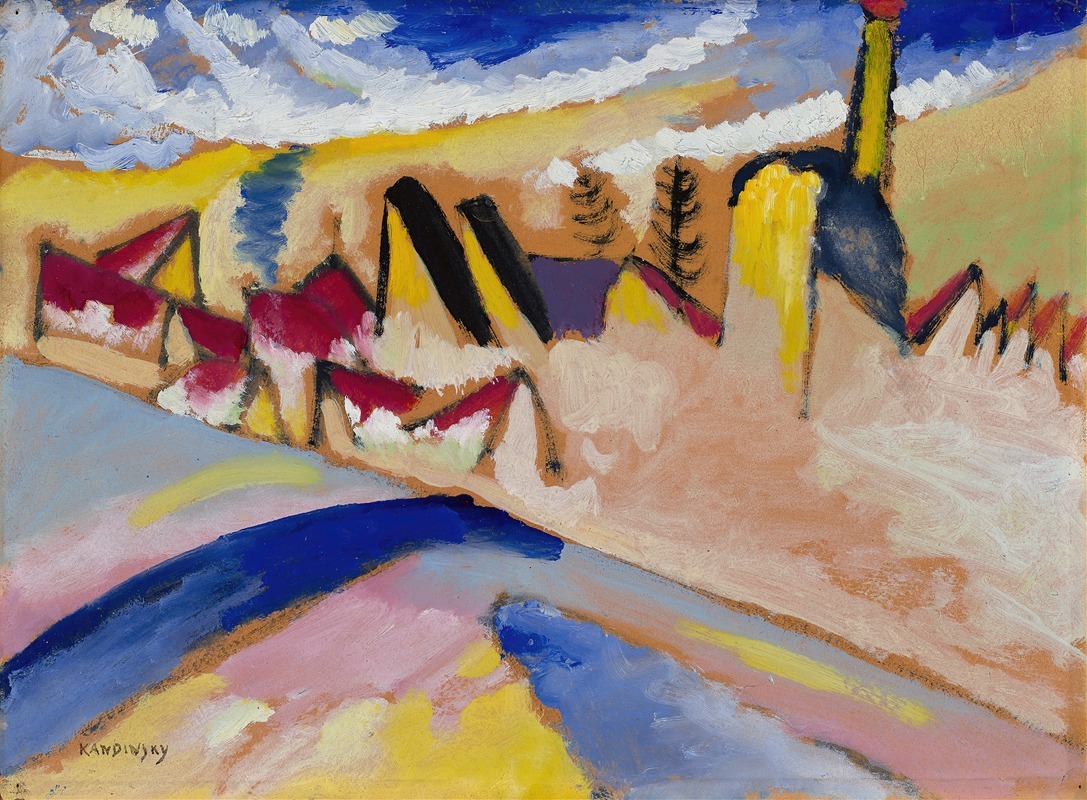
Study for ‘Winter No. II’
A hand-painted replica of Wassily Kandinsky’s masterpiece Study for ‘Winter No. II’, meticulously crafted by professional artists to capture the true essence of the original. Each piece is created with museum-quality canvas and rare mineral pigments, carefully painted by experienced artists with delicate brushstrokes and rich, layered colors to perfectly recreate the texture of the original artwork. Unlike machine-printed reproductions, this hand-painted version brings the painting to life, infused with the artist’s emotions and skill in every stroke. Whether for personal collection or home decoration, it instantly elevates the artistic atmosphere of any space.
Wassily Kandinsky, a pioneering figure in abstract art, created "Study for ‘Winter No. II’" during a period marked by significant experimentation and evolution in his artistic style. Kandinsky, born in Moscow in 1866, was a leading figure in the development of abstract art in the early 20th century. His work is characterized by a bold use of color and form, often eschewing representational elements in favor of abstraction.
"Study for ‘Winter No. II’" is part of Kandinsky's exploration of the relationship between color and form, and how these elements can evoke emotions and concepts without relying on traditional representational techniques. This study is a preparatory work, which means it was created as part of the process of developing a larger, more finished piece. Such studies are crucial in understanding an artist's thought process and the evolution of their ideas.
Kandinsky's work during this period was heavily influenced by his theoretical writings, particularly his book "Concerning the Spiritual in Art," published in 1911. In this text, Kandinsky articulates his belief that art should transcend mere representation and instead express deeper spiritual and emotional truths. He saw the artist as a kind of prophet, capable of revealing unseen realities through their work.
The study likely reflects Kandinsky's interest in synesthesia, a condition where one sensory experience involuntarily triggers another, such as seeing colors when hearing music. Kandinsky often described his paintings in musical terms, referring to them as compositions or improvisations. This approach is evident in "Study for ‘Winter No. II’," where the interplay of colors and shapes might be seen as analogous to a musical composition, with each element contributing to an overall harmony.
Kandinsky's use of color in this study is particularly noteworthy. He believed that colors had intrinsic spiritual qualities and could evoke specific emotions. For example, he associated blue with spirituality and calmness, while yellow was linked to warmth and excitement. The study likely employs a palette intended to evoke the sensations and emotions associated with winter, though the specific colors used in "Study for ‘Winter No. II’" are not detailed in available records.
The abstract nature of Kandinsky's work, including this study, was groundbreaking at the time and contributed to the broader movement of abstract art that emerged in the early 20th century. His work challenged traditional notions of art and paved the way for future generations of artists to explore non-representational forms.
"Study for ‘Winter No. II’" is an example of Kandinsky's innovative approach to art, reflecting his belief in the power of abstraction to convey complex emotional and spiritual experiences. While specific details about the study, such as its dimensions or the exact year of its creation, are not widely documented, its significance lies in its role within Kandinsky's broader body of work and his contributions to the development of abstract art.





